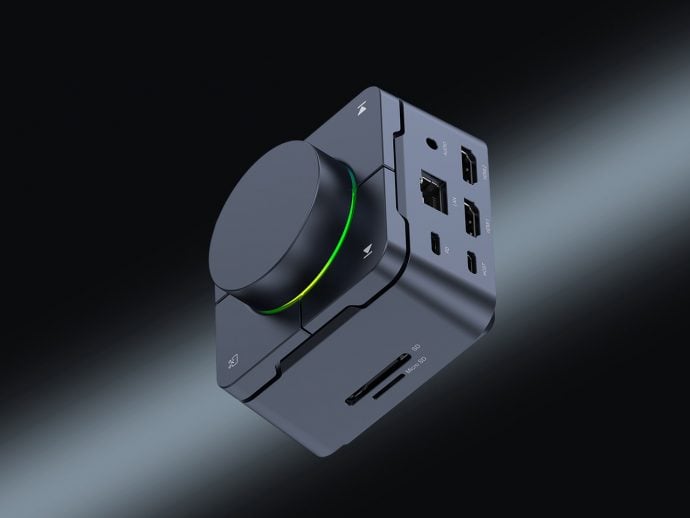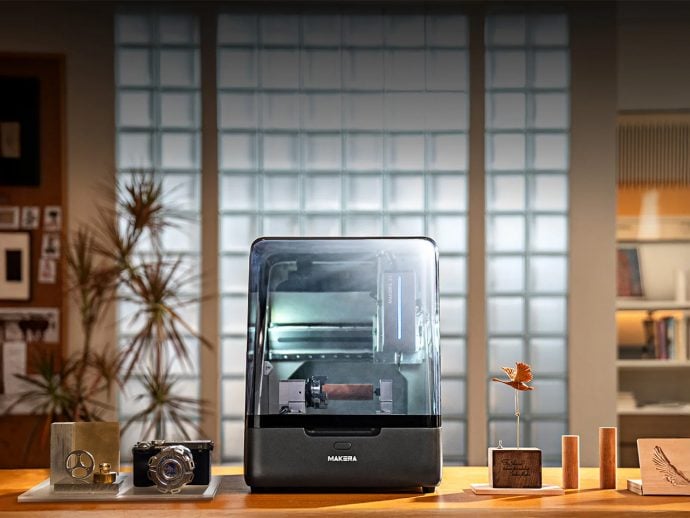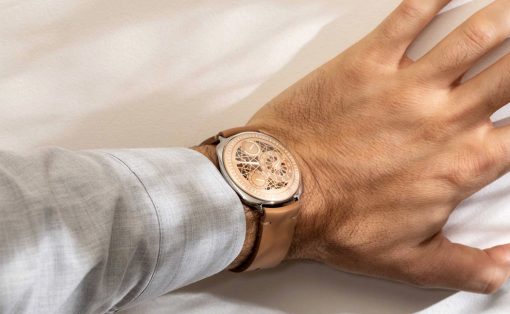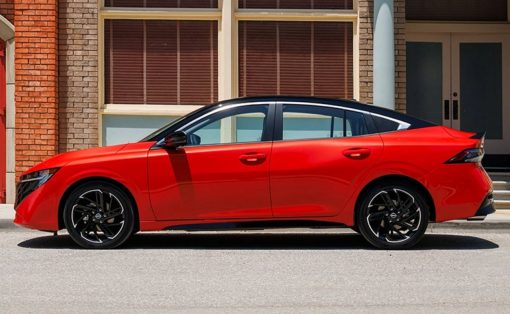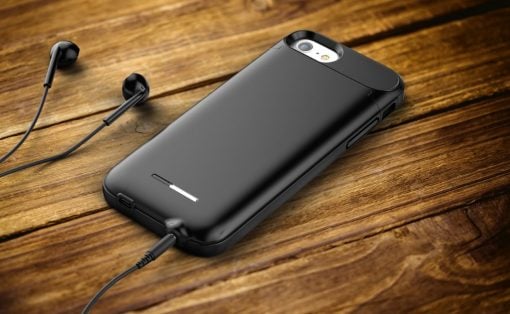
Here’s a professional hot take you’ll only hear from an actual professional – you want to future-proof your career? You want to work in a field that’ll stay relevant for years? Follow the salary structure. I remember when I graduated almost 11 years ago, the UI/UX field had pretty much sucked all the air out of the room for industrial designers and graphic designers. My friends making interfaces were getting much better jobs and earning much more money than my friends (and myself) doing a traditional industrial design job. Cut to just a few years later, UI/UX design became the dominant design discipline, outpacing traditional design fields that had stuck around for decades. As weirdly capitalist as that sounds, follow the money and you’ll know where that capital is being used to build the future. A well-paying job is indicative of the fact that the market deems it important/necessary for the future, and for designers looking to ensure they’re a part of this future – here’s a list of the top 10 highest-paying product design jobs as of now.
These jobs were curated using a combination of job market entries along with salary entries on sites like LinkedIn, Glassdoor, Payscale, etc. It isn’t perfect, but it’s fairly indicative of what jobs are currently experiencing high demand. The salaries are aggregated too, and will differ from country to country, and economy to economy – if you want to know which countries have the highest average salaries for industrial designers, I recommend taking a look at this article from last month. Feel free to use this article as a basis for planning your career trajectory (you can bookmark it too), but ultimately, do your own research to figure out which is the right path for you, your interests, your skill set, and your diverse background.
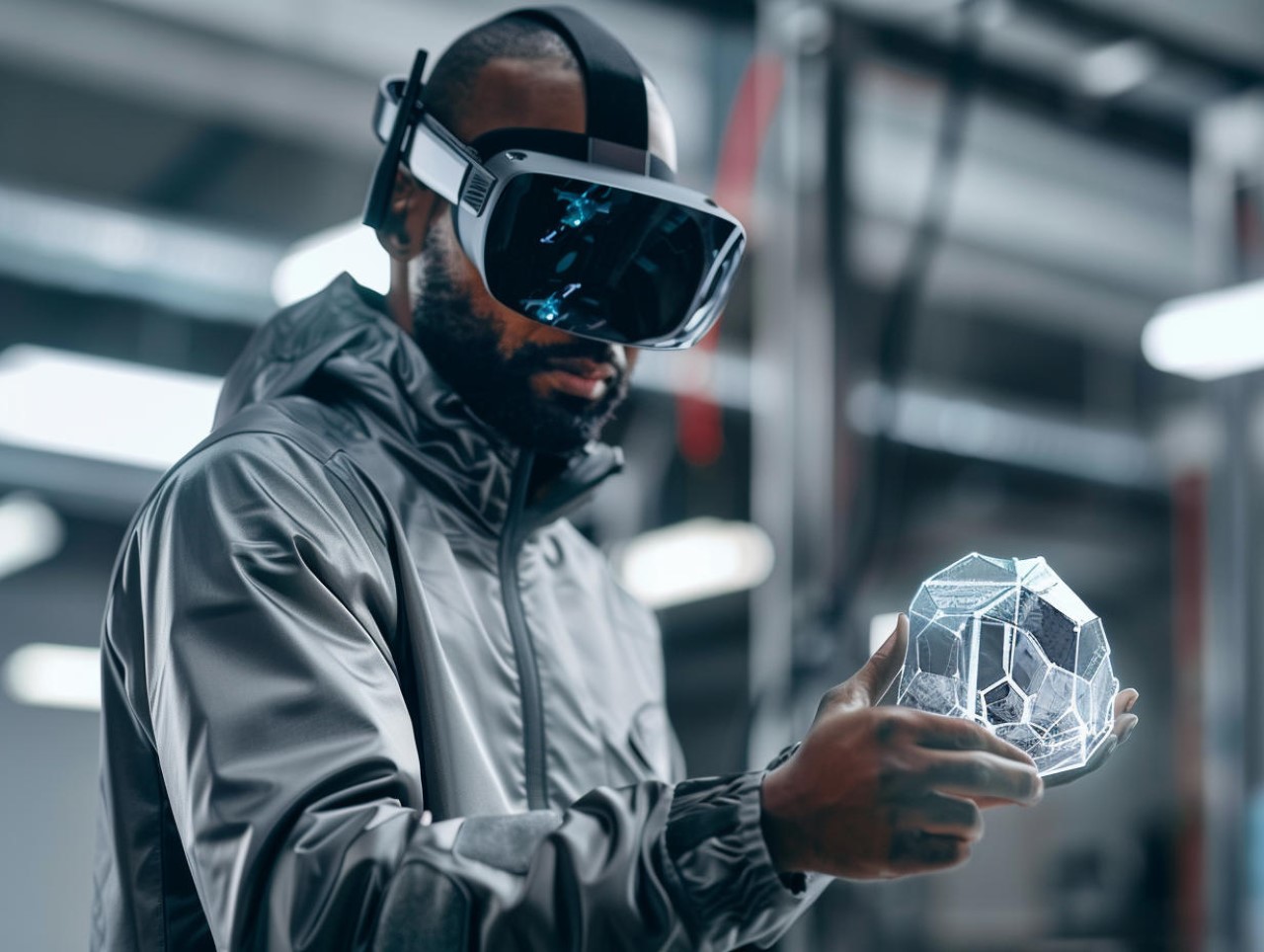
Images created by AI for representation purposes only
1. Metaverse Designer
Salary Range: $85,000 – $170,000 annually
With the metaverse (ahem, spatial computing industry) promising immersive and interactive virtual environments, Metaverse Designers are pioneering new experiences. These designers focus on both productivity as well as entertainment, creating expansive interfaces and collaborative tools in the metaverse, as well as 3D worlds, characters, and scenarios that come to life in VR and AR platforms. Key skills include UI and UX design but for AR/VR spaces, 3D modeling, animation, and a deep understanding of immersive storytelling, allowing them to design compelling digital spaces for entertainment, education, and even work environments. With the metaverse once again becoming a buzzword following the announcement of headsets from both Meta and Snap, demand for skilled designers in this area is expected to keep growing.
2. AI Experience Designer
Salary Range: $80,000 – $150,000 annually
AI Experience Designers create human-centered interactions for applications that incorporate artificial intelligence, such as virtual assistants, smart home systems, and predictive applications. They need to blend user-centered design with an understanding of AI capabilities, optimizing each experience to feel natural and intuitive. Skills in machine learning concepts, interaction design, and usability testing are essential, as they work closely with data scientists to tailor AI behaviors. As AI integration grows exponentially across sectors, these designers are increasingly sought after to help make technology more accessible and engaging.
3. Human-Computer Interaction (HCI) Specialist
Salary Range: $80,000 – $140,000 annually
HCI Specialists design interfaces where human interactions with systems need to be efficient, intuitive, and often AI-enhanced. Their work often centers on creating seamless interactions between users and systems that might involve natural language processing, touch, and even gesture-based controls. Proficiency in UX/UI principles, cognitive psychology, and advanced programming is crucial, as HCI specialists aim to minimize friction in the user experience. This role has become essential with the rise of smart devices and virtual environments, ensuring that technology remains user-friendly in an increasingly complex digital world.
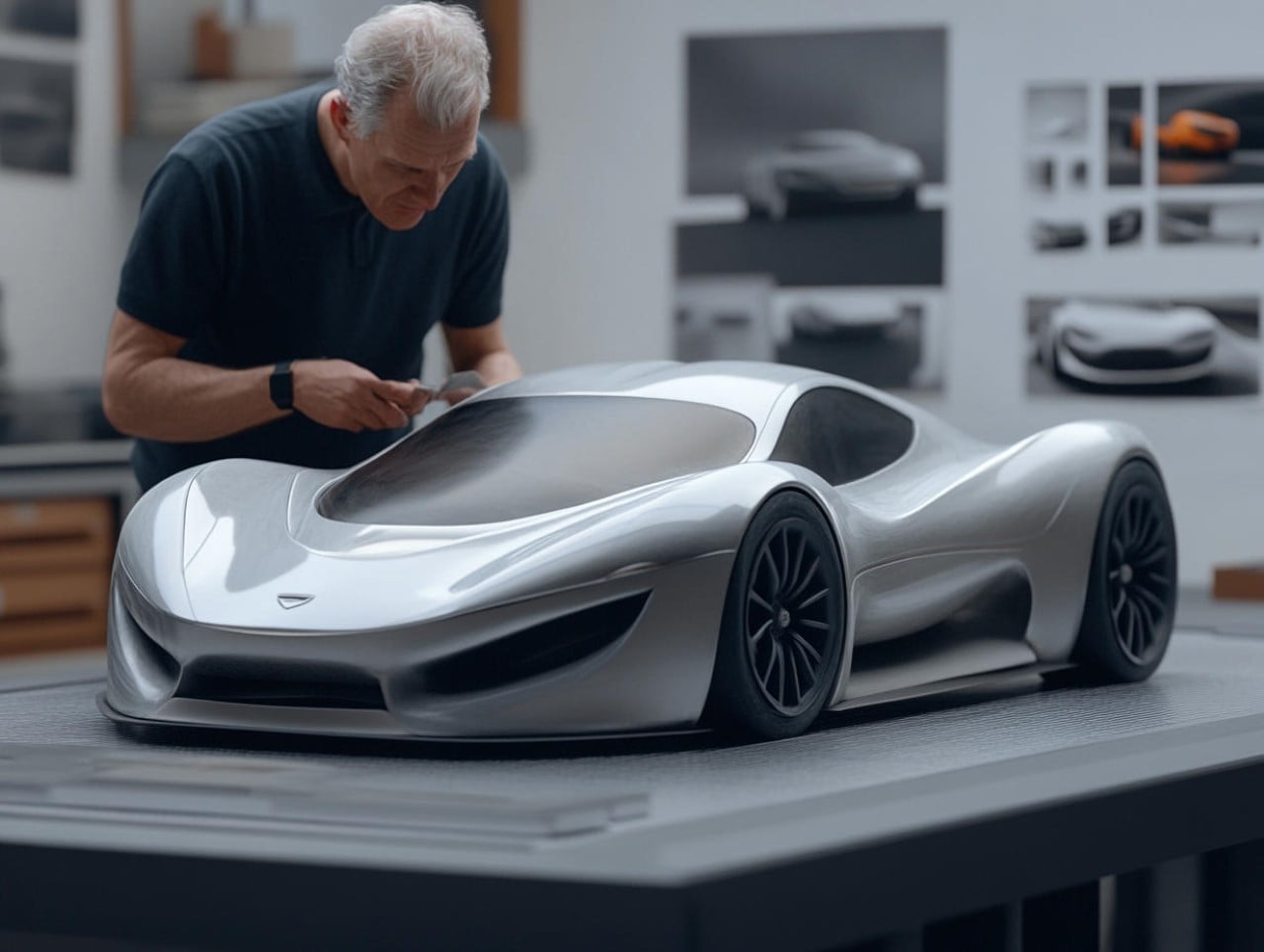
4. Automotive Designer
Salary Range: $75,000 – $140,000 annually
Automotive Designers work on the aesthetic and ergonomic design of vehicles, focusing on both form and function. From exterior styling to interior layout, these designers aim to enhance user experience while keeping in mind aerodynamics, safety, and sustainability. Knowledge in materials engineering, 3D CAD modeling, and a keen sense of current design trends are important, especially as the industry moves toward electric and autonomous vehicles. With the rise of electric vehicles (EVs) and increasing attention to sustainable design, automotive design remains a robust and lucrative field.
5. Medical Device Designer
Salary Range: $70,000 – $140,000 annually
Medical Device Designers focus on the unique demands of healthcare, creating tools and devices used by medical professionals or patients. They must be skilled in human factors engineering, materials science, and regulatory compliance, as devices need to be both functional and safe. The work is highly impactful, often directly contributing to patient well-being. As healthcare technology advances and the need for remote healthcare grows, these designers are in high demand, helping to innovate lifesaving equipment and devices.
6. Systems Designer
Salary Range: $75,000 – $130,000 annually
Systems Designers manage the complexity of multi-component structures, whether they’re designing transportation systems, organizational frameworks, or digital platforms. Their goal is to ensure each component functions in harmony to achieve the desired outcomes, requiring skills in systems engineering, user journey mapping, and design thinking. As the world becomes more interconnected, systems designers are indispensable in fields that rely on a blend of digital and physical systems, like smart cities and automated industries.

7. User Interface (UI) / User Experience (UX) Designer
Salary Range: $70,000 – $130,000 annually
UI/UX Designers focus on creating smooth, aesthetically pleasing user interfaces that optimize the ease of use and functionality of digital products. They combine visual design principles with usability research to ensure that users have a satisfying experience. Expertise in wireframing, prototyping, and interaction design is essential, along with an understanding of user psychology and behavior. With digital products now central to business, social, and personal activities, UI/UX designers are more critical than ever to product success, driving customer satisfaction and loyalty.
8. Consumer Electronics Designer
Salary Range: $70,000 – $130,000 annually
Consumer Electronics Designers specialize in creating products that people use daily, from smartphones and smart home devices to audio equipment and more. Their work combines industrial design with technical specifications, focusing on aesthetics, ergonomics, and functionality. Proficiency in CAD software, knowledge of materials, and attention to manufacturing constraints are essential for creating durable and attractive consumer products. As consumer tech evolves rapidly, this role remains lucrative and vital to the electronics industry’s ongoing innovation.
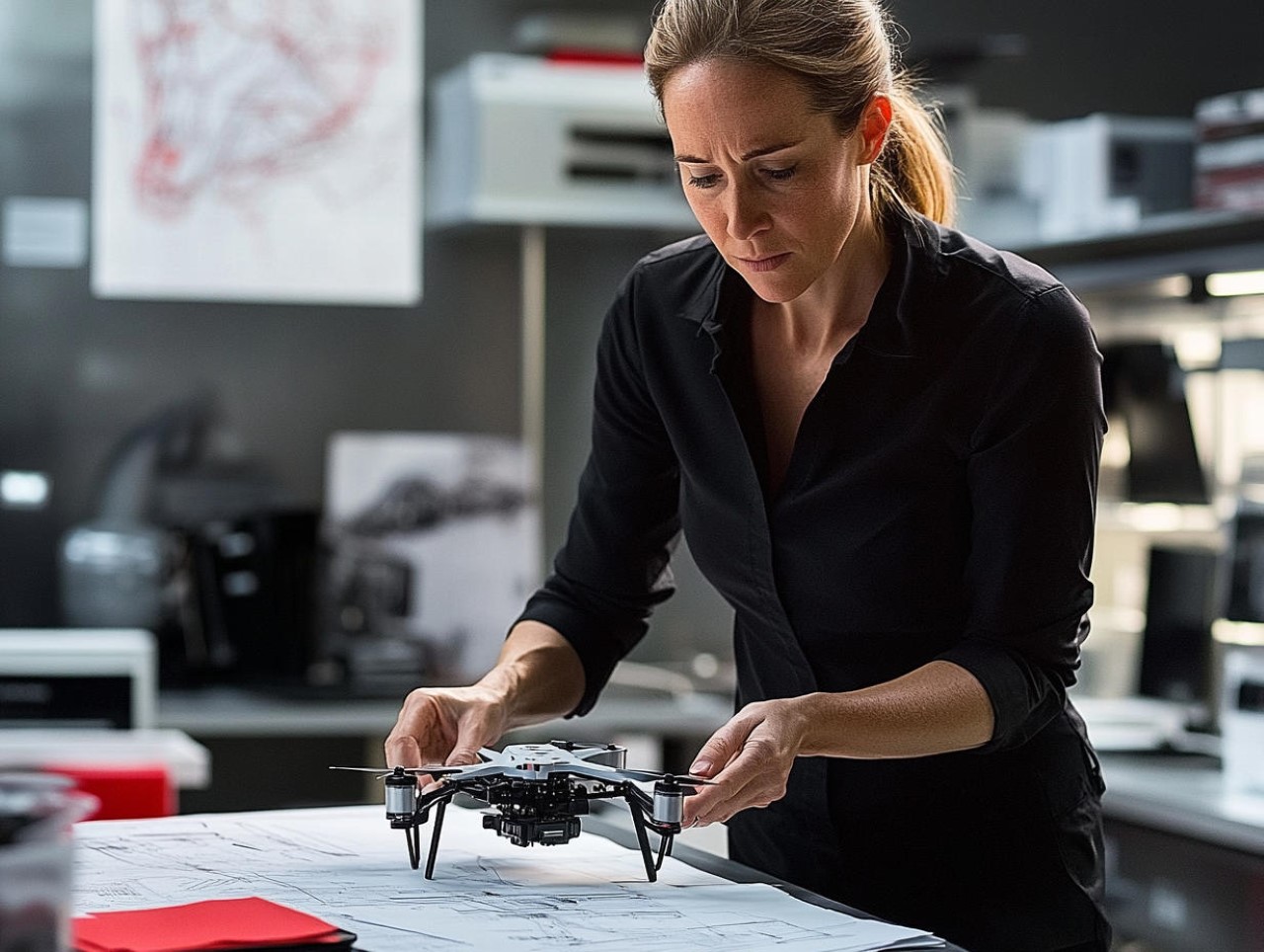
9. Data Visualization Designer
Salary Range: $70,000 – $130,000 annually
Data Visualization Designers are responsible for transforming complex data into understandable, visually engaging formats that help stakeholders make informed decisions. They work with software like Tableau, D3.js, and Adobe Illustrator, balancing visual appeal with clarity and insight. Skills in data analysis, graphic design, and familiarity with AI-enhanced analytics are key, as AI now plays a role in generating predictive and interactive data visuals. As businesses rely more on data-driven insights, demand for skilled data visualization designers is steadily rising.
10. Wearable Technology Designer
Salary Range: $70,000 – $120,000 annually
Wearable Technology Designers work on integrating tech with fashion, creating devices that are as functional as they are fashionable. This includes items like fitness trackers, smartwatches, and other health-focused wearables. They combine industrial design with an understanding of electronics and software, emphasizing ergonomics and usability. As the trend toward personalized health monitoring and smart accessories grows, these designers are in high demand, innovating the future of personal technology and fashion.

These high-paying roles reflect not just the demand for specialized skills but also the rapid transformation of technology across industries. From immersive virtual worlds to cutting-edge healthcare solutions, these fields represent the future of product design in 2024 and beyond. It’s safe to say the design world has never been so diverse—or so lucrative.

